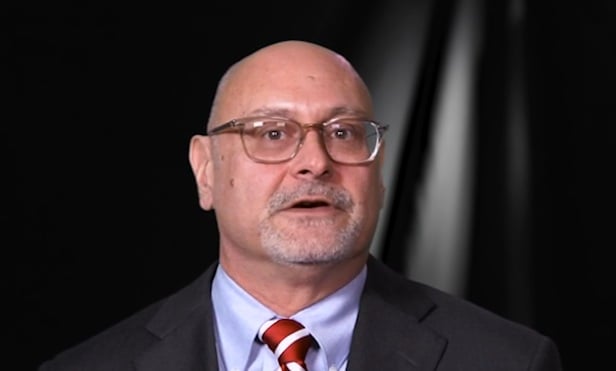Meanwhile, occupancy stood at 95.0% at midyear, essentially full, according to RealPage's Axiometrics division. Mid-2017 occupancy topped Q1's 94.5% but slightly lagged the year-ago level of 95.3%, according to Axiometrics data.
Naturally, availability in some leading metro areas is even tighter than the national average. The nation's tightest apartment market is the Twin Cities, with occupancy for the Minneapolis/St. Paul metro area at 97.4% as Q2 draws to a close. Others in the top five are Milwaukee (97.0%), New York City (96.9%), Detroit (96.8%) and Providence, RI (96.6%). Just outside the top five at 96.4% is Sacramento, still the national leader in rent growth with a 9.8% Y-O-Y increase.
Recommended For You
Want to continue reading?
Become a Free ALM Digital Reader.
Once you are an ALM Digital Member, you’ll receive:
- Breaking commercial real estate news and analysis, on-site and via our newsletters and custom alerts
- Educational webcasts, white papers, and ebooks from industry thought leaders
- Critical coverage of the property casualty insurance and financial advisory markets on our other ALM sites, PropertyCasualty360 and ThinkAdvisor
Already have an account? Sign In Now
*May exclude premium content© 2025 ALM Global, LLC, All Rights Reserved. Request academic re-use from www.copyright.com. All other uses, submit a request to [email protected]. For more information visit Asset & Logo Licensing.









